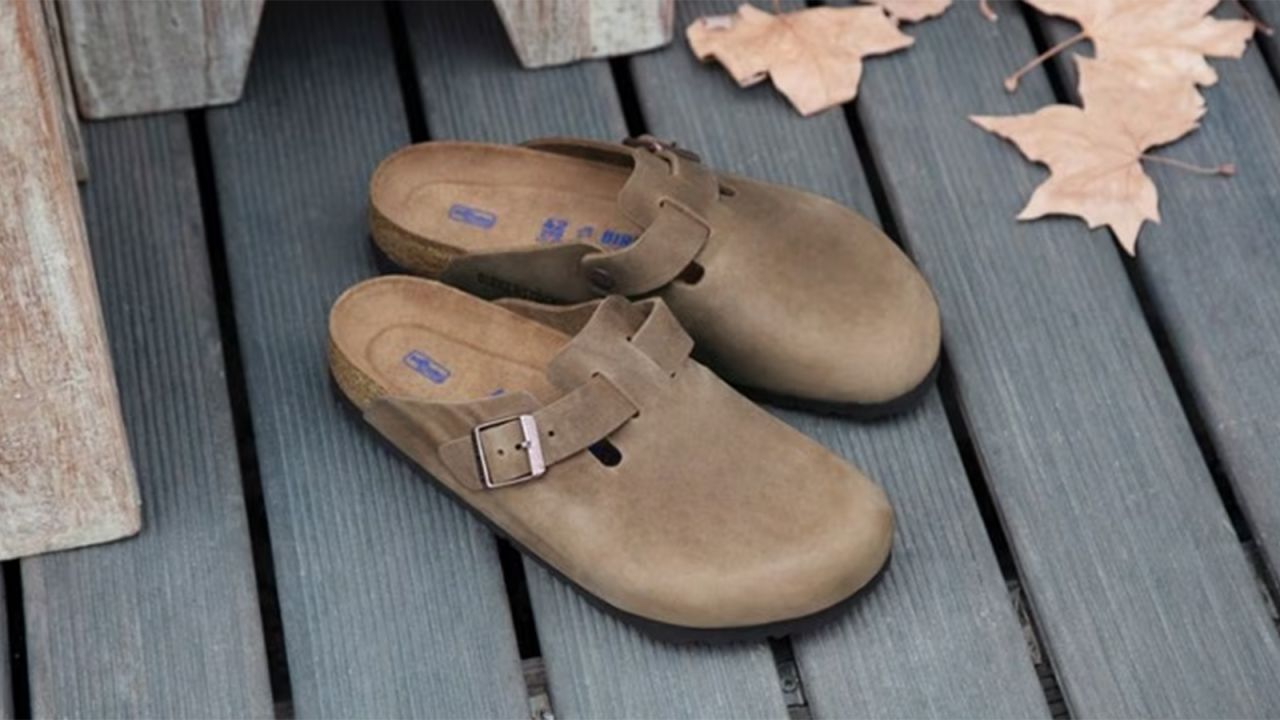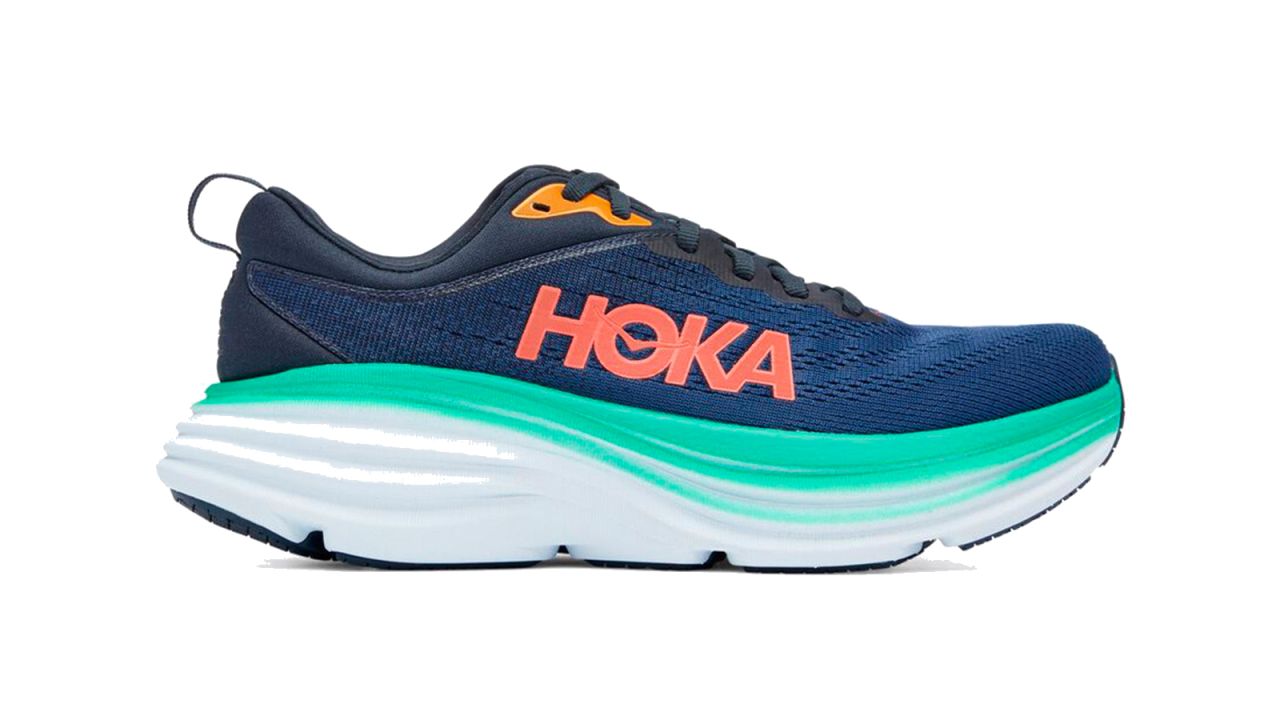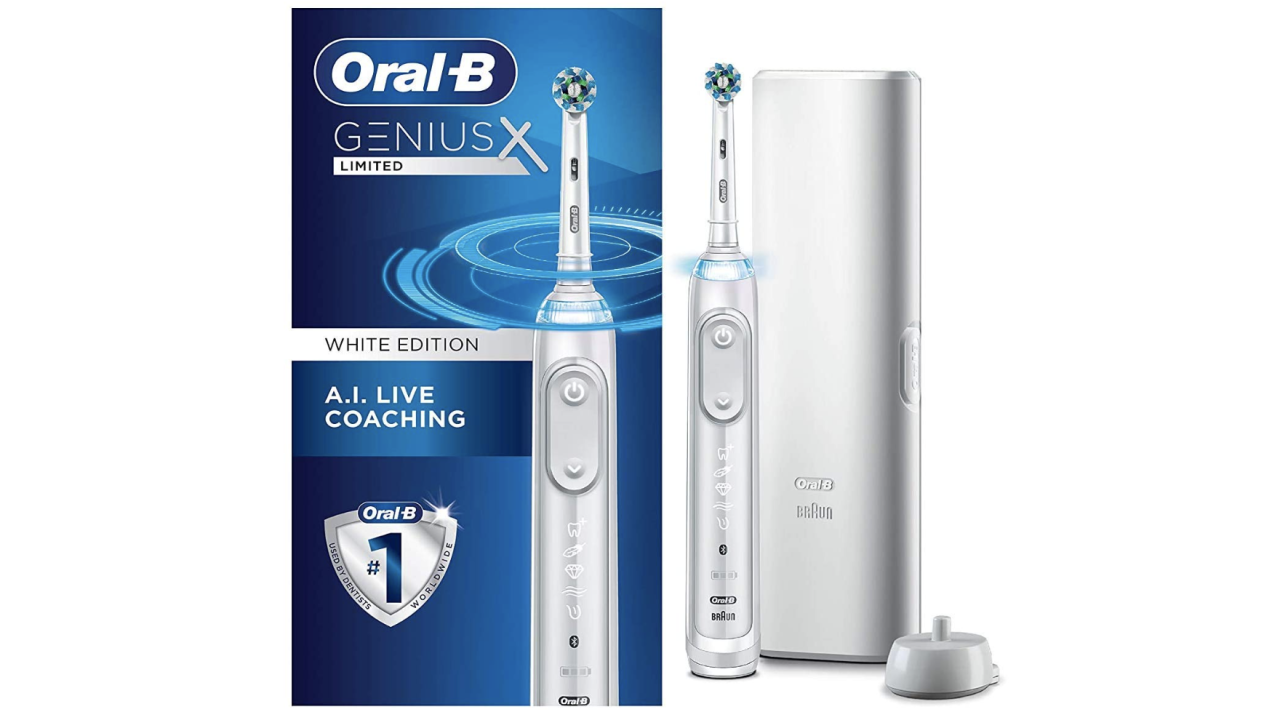Orthopedic shoes quick picks
Orthopedic shoe for arch support: Vionic 23Walk Classic Sneakers
Casual orthopedic clogs: Birkenstock Boston Soft Clogs
Slip-on orthopedic shoe: Orthofeet Wander Hands-Free Leather Sneakers
Most stylish orthopedic shoe: Dr. Comfort Refresh Athletic Shoes?
Your footwear profoundly affects the way you move through the world and the way you feel, which supports the argument for investing in a pair of proper orthopedic shoes to help address foot pain and enhance your daily comfort.
As we collectively move away from sky-high stilettos and pointed toes that compromise gait, trends that support the look of orthopedic shoes — from dad sneakers to Mary Janes — couldn’t come at a better time. Let’s look at how to identify an orthopedic shoe, what you should look for in the perfect pair and which options are worth the spend, according to podiatrists.
What are orthopedic shoes?
Orthopedic shoes might sound like a medical buzzword to encourage you to spend more than you need to, but the term is quite simple. “An orthopedic shoe is designed specifically to support and align the foot, ankle and leg” for those dealing with issues including but not limited to plantar fasciitis, bunions or flat feet, according to Dr. Shital Sharma, medical director at LuxStep Concierge.
Dr. Brad Schaeffer, a board-certified podiatrist, star of TLC’s “My Feet Are Killing Me” and Dr. Scholl’s partner, describes an orthopedic shoe as “something with extra depth, extra comfort and something that has multiple layers to it, like a solid sole that’s sometimes a rocker bottom sole or a shoe with extra depth to accommodate a patient’s insert, brace or foot deformity,” he says. He adds that Velcro might replace laces to assist with mobility issues.
Investing in the right orthopedic shoes can help enhance your quality of life, often assisting with actions such as walking and standing by improving balance and alleviating pain associated with diabetic neuropathy of the foot, says Dr. Michael Nirenberg, clinical and forensic podiatrist at Friendly Footcare in Indiana. “At other times, these shoes may reduce problems from worsening or developing in the first place.”
The best orthopedic shoes
“For patients experiencing foot pain, I often recommend Vionic,” Sharma says. “This brand is particularly known for its built-in orthotic support that provides excellent arch support and promotes natural foot alignment, especially beneficial for conditions like plantar fasciitis or flat feet."
These expert-loved shoes offer superior arch support and stability as well as wide sizing. With a stylish, classic silhouette like these have, they’ll pair perfectly with your matching athleisure set.
These New Balance shoes have a lightweight FuelCell foam cushioning at the midsoles for a comfortable stride and mesh uppers for breathability. They also come in wide, extra-wide and double-extra-wide sizing to accommodate swelling and any foot deformities.
Nirenberg points his patients toward all things New Balance for everyday wear and walking. These shoes, one of the most iconic sneakers from New Balance’s 990 line, not only received a street style upgrade but an orthopedic one.
These simple walking shoes from Brooks look as good as they feel and offer tons of support with their comfortable leather uppers. Plus, they’re slip-resistant.
Addicted to logging miles on the tread or track but can’t bear the thought of another minute of painful pressure or blisters? “The Brooks Addiction Walker is a great choice for those needing extra support for flat feet or overpronation,” Sharma says.
Between its rocker J-frame to comfortably propel you forward while running to its OrthoLite sock liner for a custom feel, it’s no surprise Schaeffer considers Hoka one of the top orthopedic shoe brands.
A memory foam collar stabilizes the ankle while an engineered mesh design promotes breathability to ward off conditions like athlete’s foot.
"For something that combines style with functionality, the Orthofeet Coral Stretch Knit provides a good balance,” Sharma says. Made with lightweight, water-repellent knit uppers, these packable orthopedic sneakers keep your feet dry whether you’re sweating on a walking tour or stuck in a downpour.
These Orthofeet men's sneakers are similar to the women's Coral sneakers. They are designed to support a host of podiatric issues from plantar fasciitis to diabetes and arthritis, making them a solid investment at home or abroad.
How to choose the best orthopedic shoes
Not all orthopedic shoes are created equal, so here’s exactly what you should be looking for.
Arch support
All our experts agree that arch support is essential when it comes to selecting the right orthopedic shoe. That’s because it can help prevent biomechanical imbalances from worsening while promoting proper lower-limb alignment.
Heel counter
Sonaike says to opt for a rigid heel counters (the material that wraps around the heel) to provide extra support.
Width
To accommodate a unique foot shape or deformity like?hammertoes, Sonaike recommends looking for wide or double-wide shoes with extra depth at the toe boxes. Nirenberg explains that a wide toe box allows your toes to spread apart without feeling constricted.
Inserts
Memory foam isn’t just for your mattress. Sonaike says a memory foam-like material can adapt to your foot shape over time, allowing for extra comfort and a custom feel. Similarly, Nirenberg says shock-absorbing soles can further reduce the stress on your joints “especially if you enjoy going on long walks or hiking.” If your orthopedic shoes don’t provide the relief you’re looking for, Sharma recommends they be roomy enough to accommodate custom orthotics.
Breathable materials
Nirenberg says to look for a design or material that lets your foot breathe. “When our feet become hot and sweaty, it puts us at greater risk for the development of blisters and fungal infections, such as athlete’s foot, which is not just for athletes,” he says.
Fit
All the above parameters are futile if a particular pair of shoes is not working with your unique feet and is causing rubbing, sores or blisters, according to Nirenberg. “Keep in mind that there is no shoe that is right for everyone, so you need to make sure the shoe you buy is comfortable and correctly fit for [your] own foot,” he says, adding that our left and right feet are also not mirror images of each other and may sometimes be a different size. “A shoe that fits one of your feet well may not be right for your other foot.”
Steal Sonaike’s hack for finding the perfect fit: “When trying on shoes, your longest toe should be a thumb’s-width distance from the tip of your shoe,” she says. “This is a great trick for you and your family to confirm your shoes are still fitting correctly throughout the year.”




































